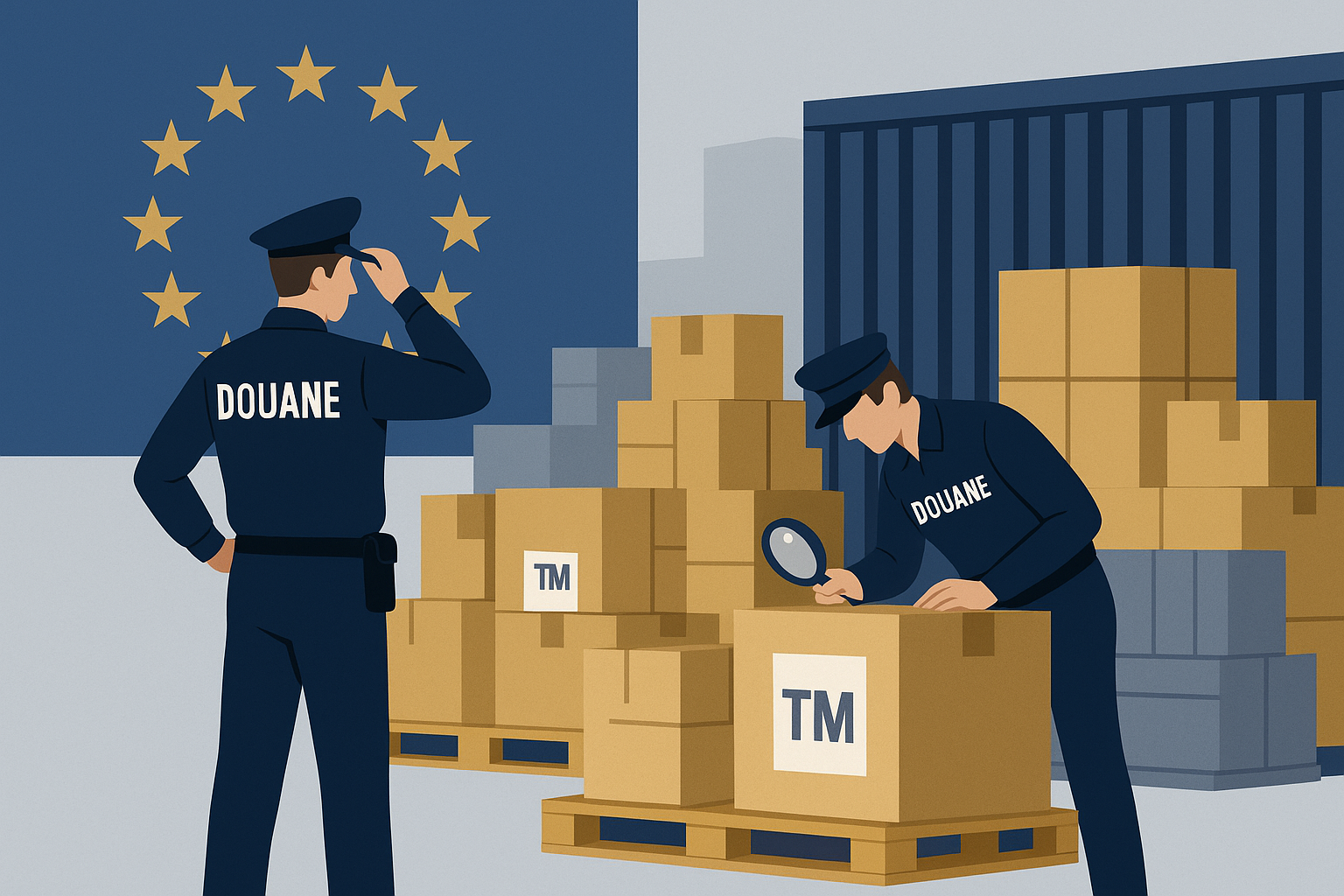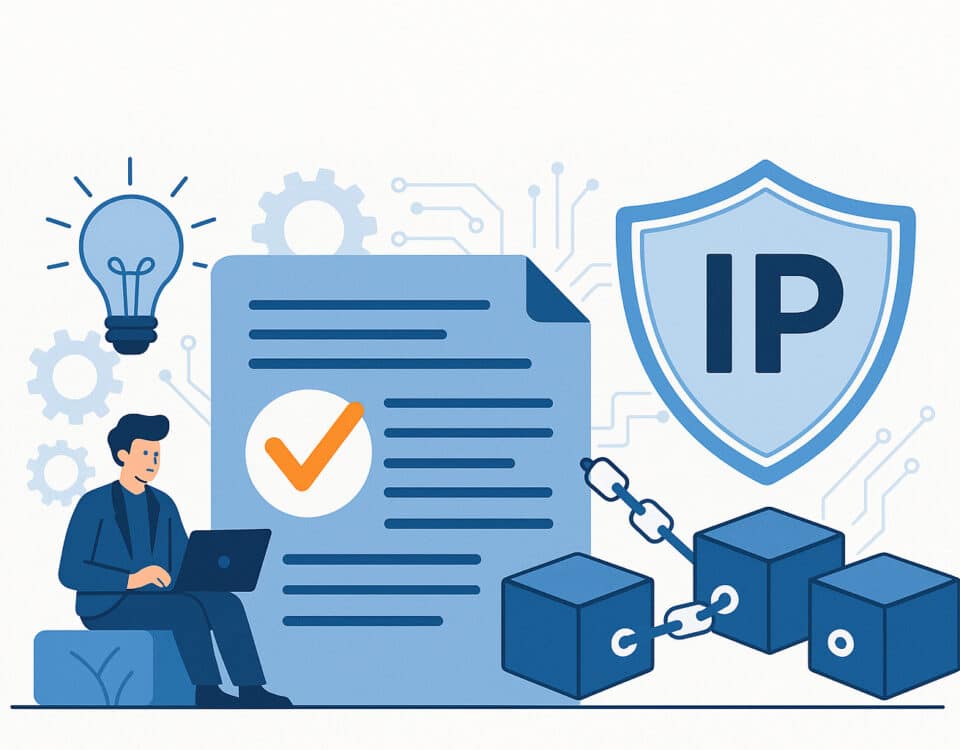
Overview of Customs Enforcement Actions in Europe for 2024: Prioritize Monitoring of Your IP Rights
October 23, 2025
NFTs (Non-Fungible Tokens) burst onto the digital scene with the promise of revolutionising the way creative works are owned and exchanged. But several years after the initial excitement, what remains from a legal standpoint?
An NFT is a certificate of authenticity recorded on a blockchain, ensuring the traceability of a digital file. However, it does not confer any intellectual property rights over the content it represents. Purchasing an NFT therefore does not necessarily grant the right to use or reproduce the associated work: only the copyright holder retains exclusive rights.
This distinction has given rise to numerous disputes, particularly in the fields of art and fashion. Some brands have seen their creations “tokenised” without authorisation, raising the issue of infringement in the virtual world. Courts have begun to weigh in: in 2023, U.S. courts found an artist liable for issuing NFTs depicting Hermès “Birkin” bags, ruling that they infringed the trademark.
Today, the NFT market has calmed considerably, but the legal challenges remain. Blockchain technology offers interesting potential for proving authorship or ensuring the traceability of works, but it does not replace the existing legal framework.
In short, NFTs have shed renewed light on fundamental principles of intellectual property law: technology does not create legal rights—rather, the law must govern its use.
NFTs serve as a reminder that, even in the digital age, the core principles of intellectual property remain essential. If you wish to secure your creations or understand how these new tools can fit into your strategy, our team is available to provide guidance.
– Anaïs GREFFOZ, Intellectual Property Lawyer at Mark & Law



